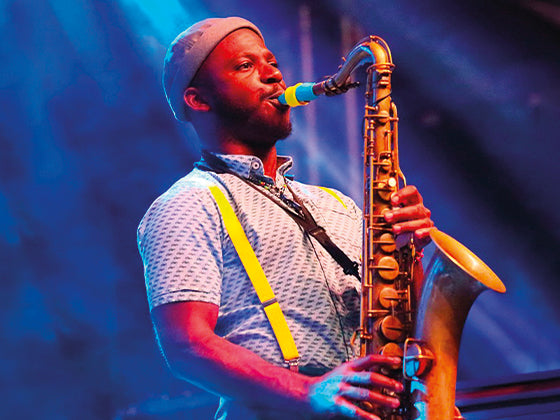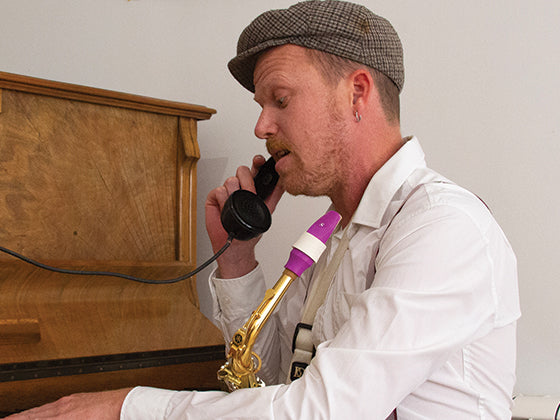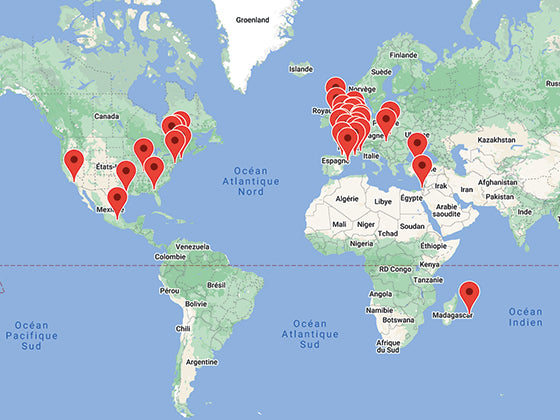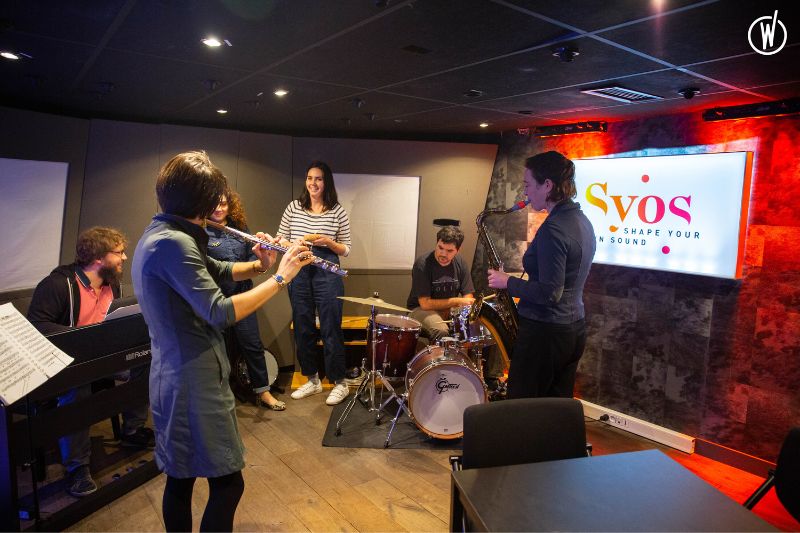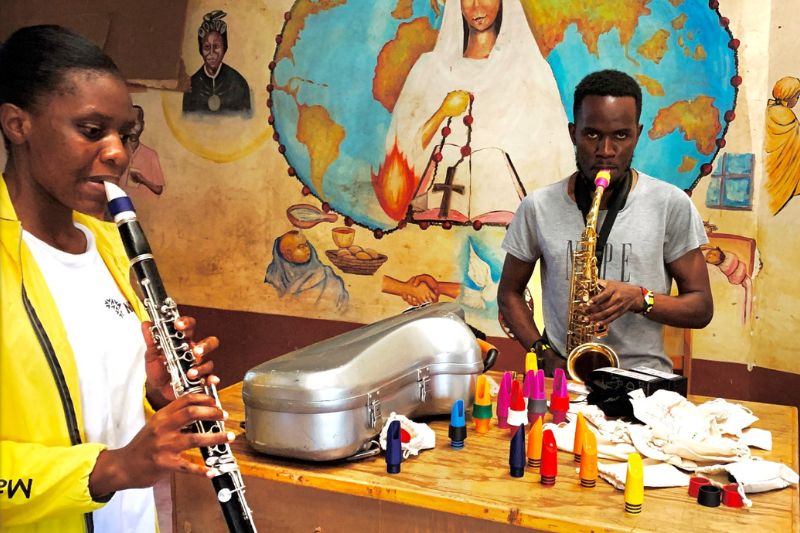Improvisation is an essential skill for musicians of all levels, from beginners to professionals. It allows musicians to express themselves creatively, develop their own individual style, and add their own unique voice to the music they're playing. While improvisation can be a daunting task, especially for beginners, it's a skill that can be developed with practice and patience.
The Basics of Improvisation
- To begin improvising, it's important to start with the basics. Start by playing a simple melody that you're familiar with. This will give you a foundation to work with and will help you to focus on adding your own flair to the melody. This will help you to develop your technical skills and give you the tools to start creating your own melodies and improvisations.
- Listen to the group you're playing with. In improvisation the key is the listening. It’s important to listen to people you’re playing with to be sure to be in the good tempo and the right scale. A good jamer is someone who knows to listen to the group he is playing with and feel the music.
- Use backing tracks to train on your own. There is a lot of music in all styles and tunes you can choose to train your improvisation skills alone. It can help you to begin improvisation without having the pressure of the public looking.
- It’s tempting to imitate your favorite artist and play a lot of notes as fast as possible, but it's also the best way to make mistakes and lose the control of your improvisation. Start by making less notes but in the scale and in rhythm, you’ll later take the ease to play faster.
First approach to improvisation
There are many different approaches to improvisation, and it's important to find what works best for you. Some musicians prefer to play by ear and rely on their instincts to guide them, while others use a more structured approach such as playing with scales and arpeggios. It's also helpful to listen to other musicians and their improvisation styles, as this will give you a better understanding of the different approaches to improvisation and help you to develop your own style. You can also experiment with different genres of music to see how improvisation is used in different contexts, such as jazz, blues, funk or rock.
If you have some music theory skills or you’re motivated to learn it, you can approach improvisation by understanding scales and chords. Scales are a series of notes played in a particular order, while chords are a group of notes played together. By understanding basic music theory concepts such as intervals, scales, and chords, you'll be able to better understand the relationship between notes and how they work together in music. You can learn basic scales, such as major and minor scales, and practice playing them up and down the instrument. As you become more comfortable with basic scales, you can start to experiment with more advanced scales and chord progressions. This will give you a better foundation for improvisation and allow you to start creating your own melodies and solos with greater ease. You can check our article Motif development | Inside The Saxophone, we share some ideas on how to develop a musical motif in order to build consistency while improvising or composing.
Let’s make all of this in application in 10 steps! Here you have a blues backing track in F.
Alto and baritone saxophone notes you can play: D, F, G, A C.
Soprano and tenor saxophone, Bb clarinet notes you can play: G, Bb, C, D, F
- Start by listening the first minute without playing to understand the music and have it in your mind.
- Single note improvisation: Choose a single note (for example, the tonic of the key you are in) and improvise using only that note. Focus on rhythm, dynamics and pattern variations to create interest despite the limitation of the scale.
- When you feel confident enough, try to add more notes. Understand what’s working and what’s not working. Experiment and take risks: Don't be afraid to make mistakes or venture into unknown territory. Improvisation is a form of self-expression, so let yourself go and be creative. Try new ideas, new phrasing and new variations.
- Play with predefined rhythmic patterns: Create a list of rhythmic patterns (such as syncopated rhythms, sixteenth notes, pauses, etc.) and choose one at random. Improvise using only that rhythmic pattern and try to find different ways to apply it while playing notes of your choice.
- Melodic development: Start with a simple musical phrase and gradually develop it by adding extra notes, melodic leaps or rhythmic variations. This will allow you to explore different melodic ideas while staying connected to your starting point.
- Record and listen to yourself: Record your improvisation sessions and take the time to listen to them. This will enable you to identify your strengths, weaknesses and the aspects you wish to improve. Self-analysis is a valuable tool for progress.
- Don’t hesitate to have a break if you feel you’re losing it. And wait until the next turn around to start again!
- Practice regularly: Improvisation is a skill that requires regular practice. Give yourself time each day to explore and develop your improvised play. Even a few minutes a day can make a big difference in the long run.
- Remember that improvisation is a continuous progression. Be patient with yourself and enjoy the apprenticeship. The more you practice, the more comfortable and confident you will become in your ability to improvise in music.
- Have fun!!




